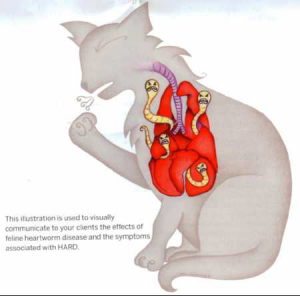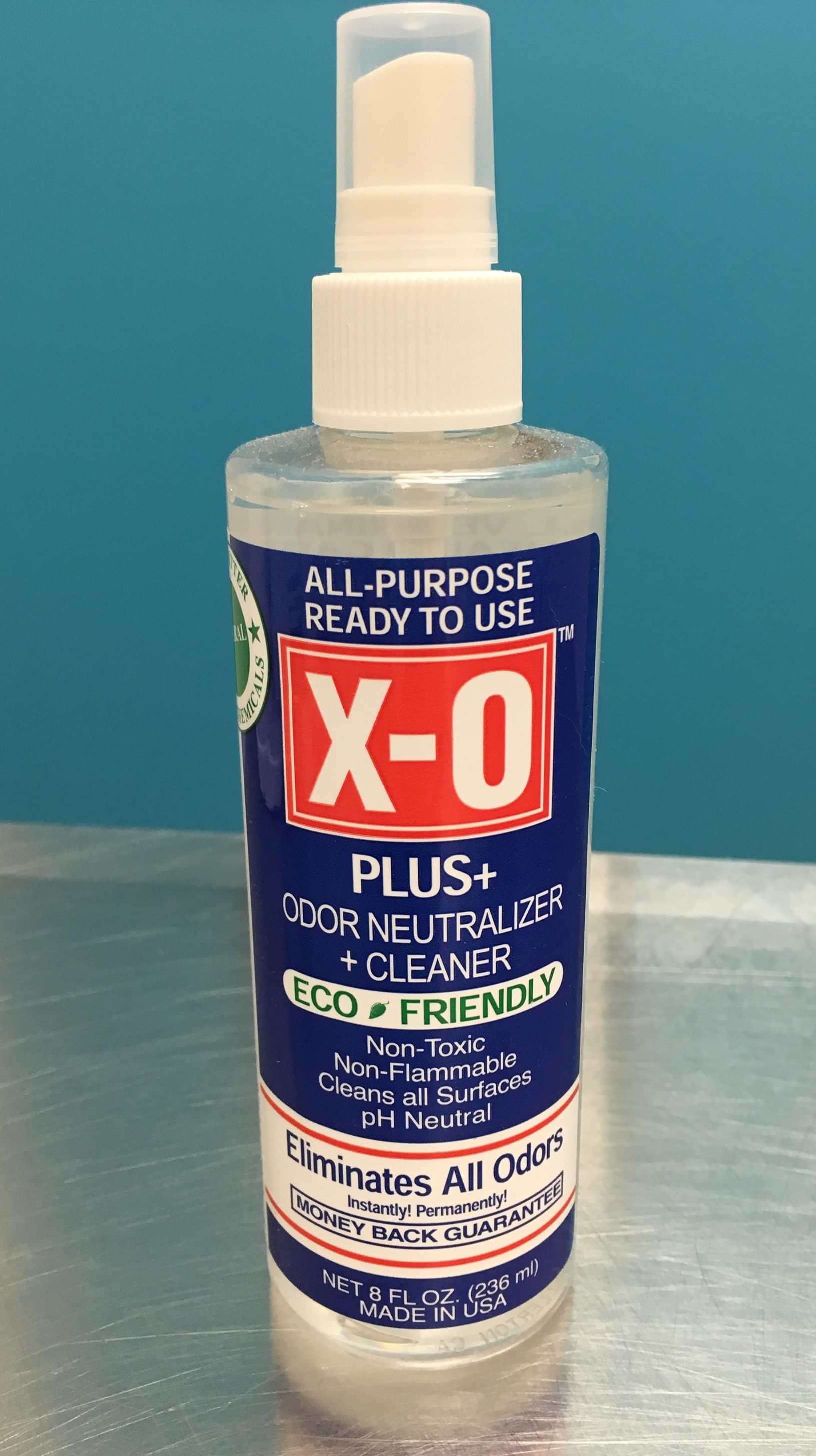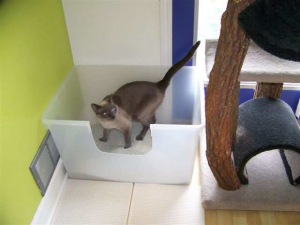Helpful Links
- How to Draw Up an Injection for Your Cat
- How To Give A Subcutaneous Injection To Cats
- How To Take A Blood Glucose Reading
What is diabetes mellitus?
Diabetes mellitus is a medical condition resulting in an excessive amount of sugar (glucose) in the blood. This is caused by a deficiency of insulin, which is a hormone secreted by the pancreas. Insulin allows glucose to go from the blood into the cells of the body for use. Most cats with diabetes still produce some insulin, but the body’s cells are not able to use the insulin appropriately (called insulin resistance). Few cats produce no insulin at all.
The clinical signs seen in diabetes are largely related to the elevated concentrations of blood and urine glucose and the inability of the body to use glucose as an energy source due to the deficiency of insulin.
Diabetes mellitus affects an estimated one in four hundred cats, and is seen more frequently in middle to old-age cats, is more common in males than females, and in overweight cats than normal weight cats.
It is important to note that feline diabetes does not cause the same long term problems as seen in humans. It is also not managed the same way.
What are the clinical signs of diabetes mellitus?
The most common clinical signs seen in diabetic patients are an increase in water consumption and urination. Weight loss is also a common feature, and an increase in appetite may be noticed in some cats. Poor coat condition and weakness in the legs, more commonly the hind limbs, are other possible signs. Recognition of these signs is variable though, particularly because of the life-style of some cats. If a cat spends a lot of time outdoors, it may drink from ponds or pools of water outside rather than appearing to drink excessively from what is provided indoors. Sick cats, just like people, may act in ways we would refer to as cranky, easily agitated, or aggressive towards people, especially children, and/or other animals. Discomfort from any source/cause often causes cats to act out of their ordinary routine. They may hide, be less social, have different eating habits as described above, and/or different elimination habits which often means not using their litterbox to urinate and/or defecate. Sick cats are not being spiteful or acting out of anger, just out of distress and illness. It is their natural instinct to behave this way. In the wild, a sick cat is a weak cat and a weak cat is a potential victim. Changing their normal routine and/or demeanor may ward off a potential predator. So you see, what seems abnormal to the untrained human eye is actually normal to the feline survival instinct.
How is diabetes mellitus diagnosed?
The diagnosis of diabetes mellitus is made based on clinical signs, persistently elevated blood glucose concentration, and the presence of glucose in the urine. However, a diagnosis of diabetes may not be made on a single blood and urine sample as other conditions such as particular stress may also cause a transient rise in glucose levels. Confirmation of diabetes may therefore require additional diagnostics, such as a test called fructosamine. Fructosamine testing is very similar to A1C testing in humans. It measures the average blood glucose of the body over the previous two weeks. A very high average blood glucose indicates diabetes.
How is diabetes mellitus treated?
Diabetes mellitus is a treatable condition. Although long-term treatment requires commitment, it can be very rewarding to successfully manage this condition.
Initial steps in treating a diabetic cat may involve removal of any predisposing causes for the diabetes. For example, the administration of some drugs (steroids for example) predisposes cats to develop diabetes and withdrawal of these drugs may lead to resolution of the condition. Obese cats are more prone to develop diabetes and weight reduction can lead to resolution of the signs in some cats.
If there are no predisposing causes, or if correction of the predisposing causes does not lead to resolution of the diabetes, specific treatment is required. Most cats will require insulin injections to control the diabetes. During the initial stages of treatment, your cat will require several blood glucose evaluations in the form of a glucose curve (see below) and/or continuous glucose monitoring (ex. FreeStyle Libre) until an appropriate insulin dosage is determined. Most cats will achieve initial stabilization within a few days to a few weeks. Most cats will require twice daily injection of insulin, rarely once daily dosing is used. Very small needles are available which cause no pain to the cat, and within a short period of time the procedure becomes very routine. Administration times, dosages, and type of insulin will be determined by your veterinarian.
You will be taught by our staff how to give insulin injections to your cat.
Diet can also play a role in the treatment of diabetes. Your veterinarian may make a diet recommendation. However, no diet can be helpful if your cat will not eat it. In fact, it can be very dangerous if your cat does not eat while receiving insulin. So, you must make sure your cat likes its food and is eating. You cannot assume that if the cat gets hungry enough he/she will eat whatever you provide. This is not true for most cats and prolonged anorexia can lead to serious liver disease and death in cats. All cats and especially diabetic cats should be allowed to "free feed" on dry food left out all the time. Canned food should be offered at least twice daily, and we suggest combining this with insulin administration for two reasons. First, you can assure your cat has food in their system and second, you can create a positive association between the canned food and the insulin injection.
***Diabetic cats must always have easy access to fresh food and water. Since they will always have to urinate larger amounts more often, they must have additional litter boxes added throughout your home. ***
Is diabetic remission achievable?
Diabetic remission is something that may be achieved in a small subset of cats. Most cats who become diabetic are still producing insulin within their bodies, but their body is just not responding or able to use that insulin. In a small subset of cats, the insulin injections we give can allow the body to rest and “reset.” This means that the cat’s body may start to use the insulin the body produces again. If this occurs, the cat may be able to stop receiving insulin injections and is in what we call “diabetic remission.” If remission occurs, it is often within 1-4 months after diagnosis and starting insulin injections. However, remission is not always permanent. Many cats will become insulin-resistant again over time and require insulin again in the future. This is why monitoring for the symptoms of diabetes is so important!
Do treated cats need to be monitored?
Yes, it is important to monitor treatment to make sure it is working properly, and to determine if any insulin dosage adjustments are necessary.
You will be taught by our staff how to perform blood glucose curves on your cat in the comfort and convenience of your home and schedule. The first curve will take place 1-2 weeks after insulin administration begins as well as each time the dosage of insulin is changed. Once your cat is stabilized as determined by the doctor, curves are to be done monthly. A curve involves taking a blood glucose (BG) measurement, using a glucometer, at the time of insulin administrations and every two hours in between for a 12 hour period. At the time your cat is due for insulin the BG must be > 230 for it to be safe to give insulin. If the BG is < 230 do not give insulin and contact our office for instructions. If it is a Sunday do not give insulin and call our office Monday morning with an A.M. BG reading. Do not give insulin again until we tell you otherwise. It is safer to go without insulin, even for 36-48 hours, than to risk giving too much insulin and possibly causing hypoglycemia (low blood sugar/glucose). BG curve readings are to be recorded and then reported to our office via email (catspwc@pawswhiskersandclaws.com). This information will be given to your cat’s veterinarian who will interpret the data, decide if a change in insulin dosage is required, what that change will be and when to do the next curve. Our office will then email/call you back with this information. It is not necessary to take BG readings on a daily or twice daily (at time of insulin administration) basis. The weekly or monthly curves are sufficient to assess insulin need and anticipate changes. In addition, cats will typically begin to resent such frequent BG testing. You will also be educated about the signs of hypoglycemia in cats so you will know what to look for on a daily basis and can always check a BG if you suspect low blood sugar.
In some cases, a continuous glucose monitor may be recommended. These devices are used in human medicine and often used for human diabetes management. Some of the devices, such as the FreeStyle Libre, have actually been studied and verified for use in cats. These devices are placed onto the skin after the hair is shaved and prepped by your veterinarian. A phone app is used to scan the device and see BG info. The device can stay on your cat for up to two weeks.
What happens if my cat receives too much insulin?
If a cat receives too much insulin, it is possible for the blood sugar level to drop dangerously low. For this reason it is important to be very careful in ensuring the cat receives the correct dose of insulin. This can also happen if your cat does not eat or is vomiting for a prolonged period of time (as quickly as a day or two) but still receives insulin. No food in his/her system = lower blood glucose levels which will drop even lower with the administration of insulin.
The typical signs displayed by a cat with a very low blood sugar level are severe weakness and lethargy, vocalizing, shaking, unsteadiness, and/or acting dazed and confused. The more serious signs include convulsions/seizures, coma, and death. If a diabetic cat shows any of the less serious signs, it is important to try to offer your cat some canned cat food (Hill's A/D, etc) or a special treat to tempt him/her to eat. If you can, try to get a blood glucose at this time so we know if the signs are due to low blood sugar. It is possible that something else is causing these signs. If your cat is conscious enough to be able to swallow but will not eat on its own, you can use an oral syringe to put some Karo (corn) syrup, honey, or sugar water in its mouth. Then try again to offer your cat a special treat/food. This may be enough to make your cat feel better and return to normal activity and mentation, but you should still notify our office or call the emergency clinic for guidance on future insulin administration. The doctor may also suggest your cat be seen by a veterinarian depending on the circumstances. If your cat is unable to swallow or showing any of the more serious signs mentioned above, you must seek veterinary attention immediately. If you are able to have someone call us or the emergency clinic while you are on your way, we can be better prepared for your cat's arrival and medical needs.
The sooner cats get on an insulin regime, the sooner they start to feel better. The signs you may have noticed at the time of diagnosis will lessen as we get the diabetes under control.
- Type of Insulin:
- __________________________________________________________________________
Each bottle expires in either 2 months or when the bottle is half empty,whichever is first. Regardless of what the bottle expiration date says. The bottle must be refrigerated. Prior to each use, mix insulin by gently rolling, do not shake.
- Type of syringes:
- ________________________________________________
- Amount of insulin to give:
- ____________________________unit(s) AM _______________________________unit(s) PM
- Date first curve is to be performed:
- __________________________________________________
- Name of person giving BG lesson:
- ______________________________________________________
- Date of BG lesson:
- _________________________________________________________
- Type of glucometer and test strips to purchase:
- ______________________________________________
We prefer if you use the brand glucometer we suggest for a couple of reasons: 1) If you are experiencing difficulty using it at home, we can walk you through problems easier over the phone and 2) we know this brand uses the “sip-in sampling" method which makes getting blood from your cat into the machine easier and requires a smaller amount of blood.
During any BG curve, if a BG is below 100, you want to take a BG every hour instead of every two hours as well as watch your cat closely for any of the signs listed above for low blood sugar. Glucometers can run up to approximately 100 points lower compared to the laboratory machines that check blood glucose levels. For this reason, the number alone should not be used to assess how your cat is doing. You should also evaluate how your cat is acting.
Keep in mind that with practice everything gets easier and this will too!! Call us for tips and tricks if you are having trouble getting blood or enough blood from your cat, etc. We are always happy to help you troubleshoot and be successful!
Administering Insulin
Remove the plastic cap on the plunger side of the insulin syringe. Push the plunger all the way in towards the needle. Once the bottle of insulin is removed from the refrigerator and gently rolled back and forth a few times, carefully remove the cap from the needle. Invert the bottle of insulin and carefully insert the needle through the rubber stopper in the bottle of insulin. (The needle should be pointed up towards the sky to meet the rubber stopper.) Pull back on the plunger to remove the appropriate amount of units of insulin. (Each line on the syringe is equal to one unit.) Then replace the cap on the needle. You are now ready to inject the insulin under the skin of your cat. On one side of the cat, in front of the hip, pull out a pocket of skin using three fingers to create a tented area of skin as shown in our office. Remove the cap off the needle and insert it into the skin pocket. Make sure the needle is inserted PARALLEL to the cat, not pointed towards his body. Also make sure the tip of the needle is pointed TOWARDS the head; that way, if something spooks them and they run away, the needle will just pull out instead of getting caught in and tearing the skin. Push the plunger all the way in and then remove the needle/syringe from your cat. Feel the area of skin/fur where you just injected to make sure you do not feel any moisture (insulin). This ensures that you got the insulin under the skin. If you feel moisture or are unsure if you got all the insulin under the skin and into your cat, DO NOT simply give your cat more insulin. Call our office for guidance. It is always safer to give less than more insulin at any one time.


 The good news is that heartworm infection is easy to protect against; the bad news is only 59% of dog owners and less than 5% of cat owners protect their pets by giving them a heartworm preventative! Considering that heartworm disease has been reported in all 50 states, these percentages mean that not all pets that are at risk of infection are protected.
The good news is that heartworm infection is easy to protect against; the bad news is only 59% of dog owners and less than 5% of cat owners protect their pets by giving them a heartworm preventative! Considering that heartworm disease has been reported in all 50 states, these percentages mean that not all pets that are at risk of infection are protected. The signs of heartworm disease vary from pet to pet. Dogs may cough, have difficulty breathing and wear out quickly (referred to as exercise intolerance). In cats, the most common signs are coughing, difficulty breathing and vomiting, but they can also include blindness, convulsions, diarrhea, fainting, and loss of appetite or weight.
The signs of heartworm disease vary from pet to pet. Dogs may cough, have difficulty breathing and wear out quickly (referred to as exercise intolerance). In cats, the most common signs are coughing, difficulty breathing and vomiting, but they can also include blindness, convulsions, diarrhea, fainting, and loss of appetite or weight.

 When it comes to litter boxes, larger is better. Even the so-called large litter boxes sold in pet supply stores are too small for most cats. The litter box should be 1-1/2 times the length of your cat's body so that your cat has room to move around in the box and not have to step in soiled areas.
When it comes to litter boxes, larger is better. Even the so-called large litter boxes sold in pet supply stores are too small for most cats. The litter box should be 1-1/2 times the length of your cat's body so that your cat has room to move around in the box and not have to step in soiled areas.

